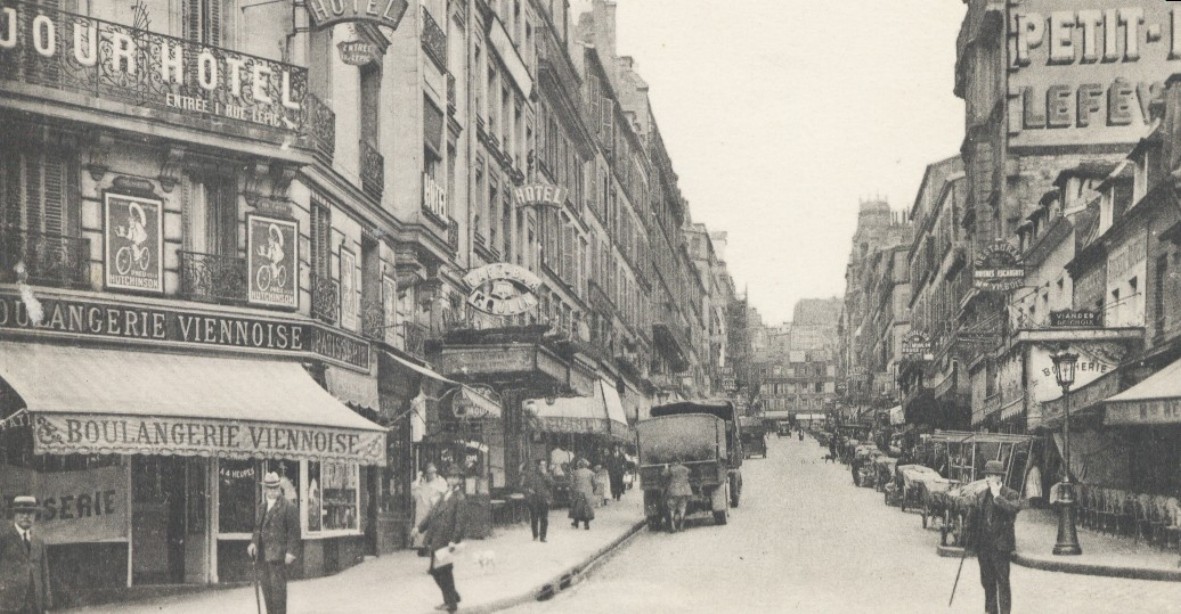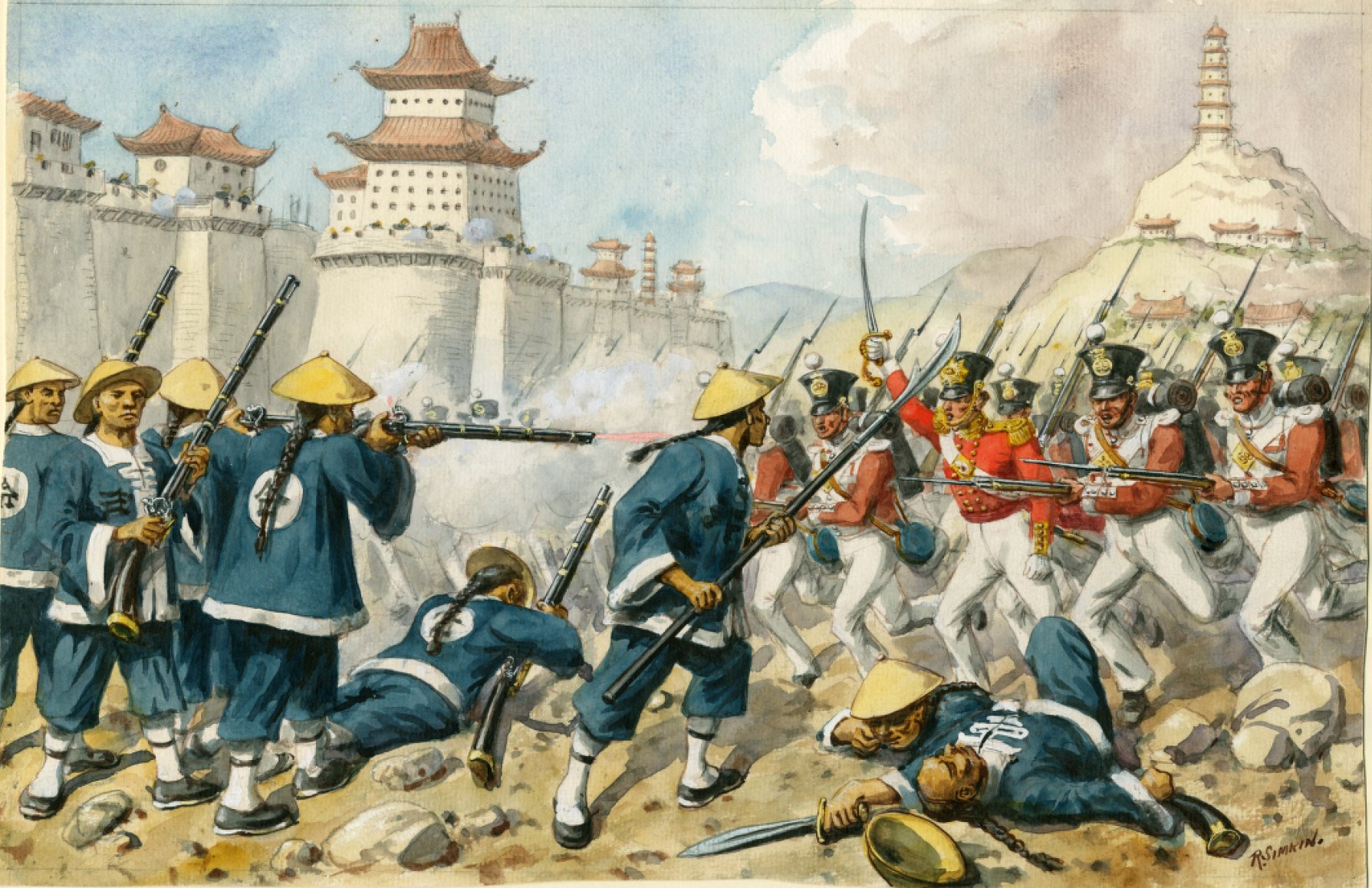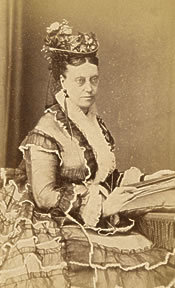|
Jane Sbarborough
Jane Sbarborough also known as Sbarabara (1842 — 1925), was born in Canada East but is recognized as a British suffragette. She, along with Annie Kenney and Adelaide Knight, was part of the "Canning Town Three", as dubbed by the press. Sbarborough was an early member of the first East End London branch of the Women's Social and Political Union. Life and activism Jane Sbarborough was born in Quebec City, Quebec in 1842. She worked in needlework and married an Italian shipper Fortunato Sbarborough, who lived in the East End of London, which was known for its poor conditions. She was one of the early members, joining Annie Kenney and Minnie Baldock in the first London branch (in Canning Town) of the then Manchester based Women's Social and Political Union in 1906, holding meetings at 105 Barking Road, Canning Town Public Hall. Sbarborough, already in her 60s, was with a crowd of around 150 women who rushed the Chancellor of the Exchequer H. H. Asquith, H.H. Asquith's ho ... [...More Info...] [...Related Items...] OR: [Wikipedia] [Google] [Baidu] |
Canada East
Canada East () was the northeastern portion of the Province of Canada. Lord Durham's Report investigating the causes of the Upper and Lower Canada Rebellions recommended merging those two colonies. The new colony, known as the Province of Canada, was created by the Act of Union 1840 passed by the Parliament of the United Kingdom, having effect in 1841. For administrative purposes, the new Province was subdivided into Canada West and Canada East. The former name of "Lower Canada" came back into official use in 1849, and as of Canadian Confederation of 1867 it formed the newly created province of Quebec. An estimated 890,000 people lived in Canada East in 1851. Geography It consisted of the southern portion of the modern-day Canadian province of Quebec. It was a former British colony called the Province of Lower Canada. Based on Lord Durham's report it was merged with the Province of Upper Canada (present-day southern portion of the Province of Ontario) to create the Provi ... [...More Info...] [...Related Items...] OR: [Wikipedia] [Google] [Baidu] |
Louise Eates
Louise Mary Eates (née Peters; 1877–1944) was a British suffragette, chair of Kensington Women's Social and Political Union and a women's education activist. Life Louise Mary Peters was born in Richmond, Yorkshire in 1877. She was educated at Edinburgh Ladies College. She married Augustus Reginald Eates M.B. (1871–1963), a general practitioner in Kensal Rise, in 1901. Eates took an interest in female workers' conditions, as honorary secretary to the Investigation Committee of the Women's Industrial Council. Her husband interested her in the suffrage issue and other public questions. He supported her when she spoke at the London Society for Women's Suffrage and joined the Women's Social and Political Union in 1906-7 becoming the (chair ) Secretary of the Kensington branch from 1906 to 1910. In June 1907, Eates hosted other middle-class women in her drawing room in Knightsbridge, where she paid Minnie Baldock from WSPU one shilling and sixpence to give a talk on how ... [...More Info...] [...Related Items...] OR: [Wikipedia] [Google] [Baidu] |
1925 Deaths
Events January * January 1 – The Syrian Federation is officially dissolved, the State of Aleppo and the State of Damascus having been replaced by the State of Syria (1925–1930), State of Syria. * January 3 – Benito Mussolini makes a pivotal speech in the Italian Chamber of Deputies (Italy), Chamber of Deputies which will be regarded by historians as the beginning of his dictatorship. * January 5 – Nellie Tayloe Ross becomes the first female governor (Wyoming) in the United States. Twelve days later, Ma Ferguson becomes first female governor of Texas. * January 25 – Hjalmar Branting resigns as Prime Minister of Sweden because of ill health, and is replaced by the minister of trade, Rickard Sandler. * January 27–February 1 – The 1925 serum run to Nome (the "Great Race of Mercy") relays diphtheria antitoxin by dog sled across the U.S. Territory of Alaska to combat an epidemic. February * February 25 – Art Gillham records (for Columbia Re ... [...More Info...] [...Related Items...] OR: [Wikipedia] [Google] [Baidu] |
1842 Births
Events January–March * January 6–January 13, 13 – First Anglo-Afghan War – Massacre of Elphinstone's army (Battle of Gandamak): British East India Company troops are destroyed by Afghan forces on the road from Kabul to Jalalabad, Afghanistan, by Wazir Akbar Khan, Akbar Khan, son of Dost Mohammad Khan (Emir of Afghanistan), Dost Mohammad Khan. * January 8 – Delft University of Technology is established by William II of the Netherlands, as a 'Royal Academy for the education of civilian engineers'. * January 23 – Antarctic explorer James Clark Ross, charting the eastern side of James Ross Island, reaches a Farthest South of 78°09'30"S. * January ** Michael Alexander (bishop), Michael Alexander takes office, as the first appointee to the Anglican-German Bishopric in Jerusalem. ** United States, American medical student William E. Clarke of Berkshire Medical College becomes the first person to administer an inhaled anesthetic, to facilitate a surgical procedure. ... [...More Info...] [...Related Items...] OR: [Wikipedia] [Google] [Baidu] |
Women's Suffrage In The United Kingdom
A movement to fight for women's right to vote in the United Kingdom finally succeeded through acts of Parliament in 1918 and 1928. It became a national movement in the Victorian era. Women were not explicitly banned from voting in Great Britain until the Reform Act 1832 and the Municipal Corporations Act 1835. In 1872 the fight for women's suffrage became a national movement with the formation of the National Society for Women's Suffrage and later the more influential National Union of Women's Suffrage Societies (NUWSS). As well as in England, women's suffrage in Wales, women's suffrage movements in Wales, Women's suffrage in Scotland, Scotland and other parts of the United Kingdom gained momentum. The movements shifted sentiments in favour of woman suffrage by 1906. It was at this point that the militant campaign began with the formation of the Women's Social and Political Union (WSPU). The outbreak of the Home front during World War I#Britain, First World War in 1914 led to ... [...More Info...] [...Related Items...] OR: [Wikipedia] [Google] [Baidu] |
Suffragette
A suffragette was a member of an activist women's organisation in the early 20th century who, under the banner "Votes for Women", fought for the right to vote in public elections in the United Kingdom. The term refers in particular to members of the British Women's Social and Political Union (WSPU), a women-only movement founded in 1903 by Emmeline Pankhurst, which engaged in direct action and civil disobedience. In 1906, a reporter writing in the '' Daily Mail'' coined the term ''suffragette'' for the WSPU, derived from suffragist (any person advocating for voting rights), in order to belittle the women advocating women's suffrage. The militants embraced the new name, even adopting it for use as the title of the newspaper published by the WSPU. Women had won the right to vote in several countries by the end of the 19th century; in 1893, New Zealand became the first self-governing country to grant the vote to all women over the age of 21. When by 1903 women in Britain ... [...More Info...] [...Related Items...] OR: [Wikipedia] [Google] [Baidu] |
List Of Suffragists And Suffragettes
This list of suffragists and suffragettes includes noted individuals active in the worldwide women's suffrage movement who have campaigned or strongly advocated for women's suffrage, the organisations which they formed or joined, and the publications which publicized – and, in some nations, continue to publicize– their goals. Suffragists and suffragettes, often members of different groups and societies, used or use differing tactics. Australians called themselves "suffragists" during the nineteenth century while the term "suffragette" was adopted in the earlier twentieth century by some British groups after it was coined as a dismissive term in a newspaper article. "Suffragette" in the British or Australian usage can sometimes denote a more " militant" type of campaigner, while suffragists in the United States organized such nonviolent events as the Suffrage Hikes, the Woman Suffrage Procession of 1913, the Silent Sentinels, and the Selma to Montgomery march. US and A ... [...More Info...] [...Related Items...] OR: [Wikipedia] [Google] [Baidu] |
History Of Feminism
The history of feminism comprises the narratives (chronological or thematic) of the movements and ideologies which have aimed at equal rights for women. While feminists around the world have differed in causes, goals, and intentions depending on time, culture, and country, most Western feminist historians assert that all movements that work to obtain women's rights should be considered feminist movements, even when they did not (or do not) apply the term to themselves. Some other historians limit the term "feminist" to the modern feminist movement and its progeny, and use the label "protofeminist" to describe earlier movements. Modern Western feminist history is conventionally split into time periods, or "waves", each with slightly different aims based on prior progress: * First-wave feminism of the 19th and early 20th centuries focused on overturning legal inequalities, particularly addressing issues of women's suffrage * Second-wave feminism (1960s–1980s) broadened debate ... [...More Info...] [...Related Items...] OR: [Wikipedia] [Google] [Baidu] |
Gertrude Setchfield
Gertrude or Gertrud may refer to: Places In space *Gertrude (crater), a crater on Uranus's moon Titania * 710 Gertrud, a minor planet Terrestrial placenames *Gertrude, Arkansas * Gertrude, Washington *Gertrude, West Virginia People *Gertrude (given name), a given name (including a list of people with the name) People with Gertrude as the full name: *Blessed Gertrude of Aldenberg (1227–1297), daughter of Saint Elizabeth of Thuringia and abbess near Trier *Gertrude of Austria (1226–1288), Duchess of Austria and Styria * Gertrude of Babenberg (c. 1118–1150), Duchess of Bohemia * Gertrude of Baden (c. 1160–1225), Margravine of Baden * Gertrude of Bavaria (died 1197), daughter of Henry the Lion, Queen consort of Denmark *Gertrude of Brunswick (c. 1060–1117), Margravine of Frisia and Meissen * Gertrude of Comburg (died 1130), Queen consort of Germany * Gertrude of Dagsburg (died 1225), Duchess of Lorraine *Gertrude of Delft (died 1358), Dutch Beguine and mystic *Gertrude of ... [...More Info...] [...Related Items...] OR: [Wikipedia] [Google] [Baidu] |
Jessie Stephenson
Sara Jessie Stephenson (1873–1966) was a British suffragette and a member of the WSPU who organised census boycott in Manchester. Early life Sara Jessie Stephenson was born in Louth, Lincolnshire in 1873 the daughter of a farmer in Lincolnshire, England. Despite her parents' initial reluctance, she wanted more than a domestic life and travelled in France and Germany teaching English. Suffragette activism Stephenson joined the Women's Social and Political Union (WSPU), and donated some of her earnings from teaching to their cause, before returning to work in London for a barrister. She lived in rooms at the Twentieth Century Club at Notting Hill, as did fellow activist Ada Flatman. Stephenson became actively involved in 1907, cycling around during her holiday with a banner 'Keep the Liberal Out' and 'Votes For Women', annoying a local minister and schoolteacher. This was in support of the WSPU in the Jarrow by-election with Christabel Pankhurst, Nellie Martel and Ma ... [...More Info...] [...Related Items...] OR: [Wikipedia] [Google] [Baidu] |
Emmeline Pankhurst
Emmeline Pankhurst (; Goulden; 15 July 1858 – 14 June 1928) was a British political activist who organised the British suffragette movement and helped women to win in 1918 the women's suffrage, right to vote in United Kingdom of Great Britain and Ireland, Great Britain and Ireland. In 1999, ''Time (magazine), Time'' named her as one of the Time 100: The Most Important People of the Century, 100 Most Important People of the 20th Century, stating that "she shaped an idea of objects for our time" and "shook society into a new pattern from which there could be no going back". She was widely criticised for her militant tactics, and historians disagree about their effectiveness, but her work is recognised as a crucial element in achieving women's suffrage in the United Kingdom. Born in the Moss Side district of Manchester to politically active parents, Pankhurst was 16 when she was introduced to the women's suffrage movement. She founded and became involved with the Women's Franch ... [...More Info...] [...Related Items...] OR: [Wikipedia] [Google] [Baidu] |
Kensington
Kensington is an area of London in the Royal Borough of Kensington and Chelsea, around west of Central London. The district's commercial heart is Kensington High Street, running on an east–west axis. The north-east is taken up by Kensington Gardens, containing the Albert Memorial, the Serpentine Gallery and John Hanning Speke, Speke's monument. South Kensington and Gloucester Road, London, Gloucester Road are home to Imperial College London, the Royal College of Music, the Royal Albert Hall, Natural History Museum, London, Natural History Museum, Victoria and Albert Museum, and Science Museum, London, Science Museum. The area is also home to many embassies and consulates. Name The Manorialism, manor of ''Chenesitone'' is listed in the Domesday Book of 1086, which in the Old English language, Anglo-Saxon language means "Chenesi's List of generic forms in place names in Ireland and the United Kingdom, ton" (homestead/settlement). One early spelling is ''Kesyngton'', as wri ... [...More Info...] [...Related Items...] OR: [Wikipedia] [Google] [Baidu] |








